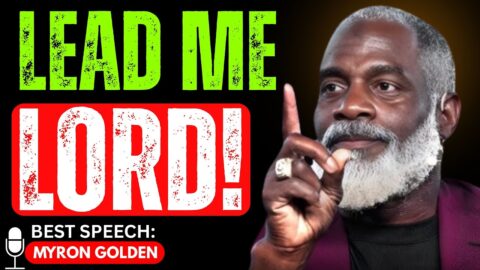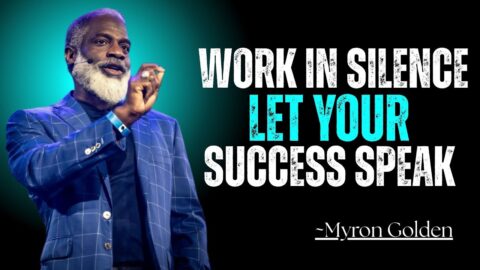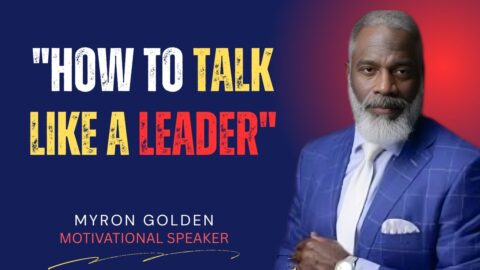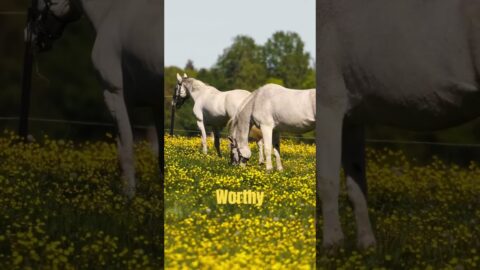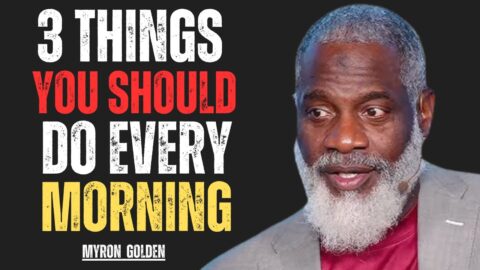In this video, we'll talk about the basics of LangGraph, a framework for building powerful agentic workflows based on large language models. We'll use OpenAI's gpt-4o-mini as the base model for our examples and walk through the basics of langgraph and some interesting concepts and ideas around agentic systems!
Disclaimer: (Yes my face did get cut off in the video…I only realized that after having recorded…living and learning folks…)
📚 Chapters:
00:00 – Introduction to LangGraph: Welcome and overview of the video
00:05 – What is LangGraph?
00:10 – Overview of Agentic Systems
1:13 – The Agent Loop: Explanation of the agent loop concept
5:53 – Key Components of Agentic Systems: Essential elements like memory, planning, and tool calling
6:42 – Modeling Agentic Workflows as graphs
7:53 – Core Principles of LangGraph: Controllability, human-in-the-loop, and streaming-first design
11:22 – Components of LangGraph: Explanation of nodes, edges, and states in LangGraph
13:09 – Example Implementation: Step-by-step construction of a basic agent workflow in LangGraph
19:30 – Nodes in LangGraph: Functionality, execution, and special nodes
21:22 – Edges in LangGraph: Different types of edges and their purposes
23:09 – Integrating Edges: Practical example of adding edges to the graph
27:46 – Inspecting Final State: Reviewing the final output and state of the graph
29:33 – Agent Loop Outline: Summary of the basic agent loop
31:44 – Full Example – Research Agent: Detailed demo of a research agent use case
42:38 – Agentic Patterns: Overview of agentic patterns like plan and execute, supervisor, and multi-agent workflow
45:13 – Conclusion: Final thoughts and encouragement to explore LangGraph and related resources
🔗 Links:
– Subscribe!:
– Tiktok:
– Twitter:
– LinkedIn:
– AI project tracker from Ben's Bites:
Support the Channel!
– Buy me a cup of coffee:
– Paypal:

